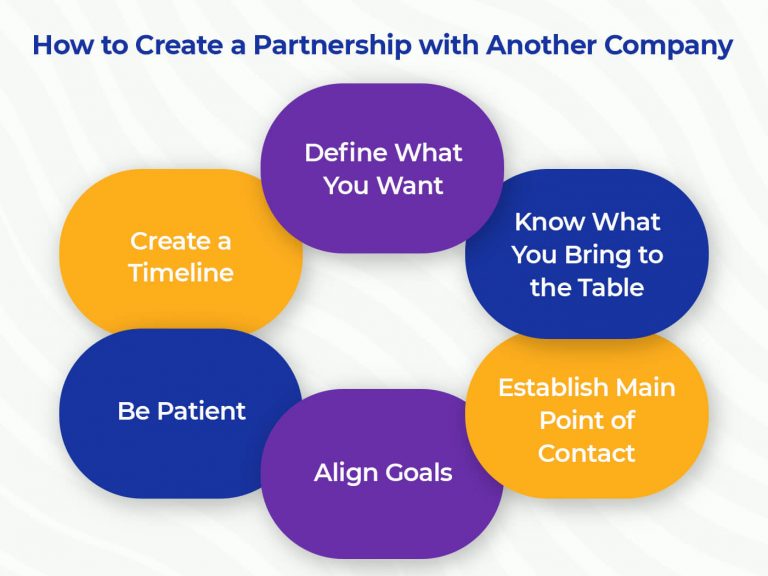How to grow a small business into a large business is the question every business owner wants the clear answer to. There are 31.7 million businesses in the United States, 99.9% of which are small — meaning those that employ fewer than 500 people. That’s an incredible number of businesses with the same mission: grow to a large, profitable company.
Starting and growing a business is incredibly rewarding, but also one of the most difficult things you will do in your life. Considering 32.4% of new businesses fail during the first two years of operation and more than 50% fail during the first five years, it is imperative you develop strategies that encourage sustained growth. The key is to create a realistic plan for your business, hire top talent, adopt the right marketing techniques, and implement the latest tactics.
With each passing year, growth tactics evolve, especially in response to new technologies.
As of 2021, there are seven core tactics to consider. The goal is to implement some or all the tactics discussed below. With a bit of hard work, dedication, patience, and strategic planning, you can catapult your small business to success and teach others how to grow a small business into a large business.
Let’s dive in!
How to Grow a Small Business into a Large Business
1. Start with Manageable Steps
As Mark Twain said, “The secret of getting ahead is getting started. The secret of getting started is breaking your complex, overwhelming tasks into small manageable tasks, and starting on the first one.”
Growth will not happen overnight. At first, you may make decisions that are low risk to establish your brand and business model. The key is to take steps that are manageable and slowly progress. Once you’re ready, you can take the next step, and although the risk may be higher, there’ll be more opportunities for quicker growth. Think of these steps like a ladder, with the lower-level runs being the least risky. Gradually move up based on your strategy, making more risky, yet educated decisions.
2. Focus on Established Revenue Sources

There are several strategies to remain connected with your customers, all of which promote customer loyalty. For example, you could develop a customer loyalty program or invest heavily in your email list. Once a customer subscribes, you can send them news about upcoming sales or additional information about your service. You can also send them valuable content that may support them on their customer journey.
3. Focus on the Customer Experience
Without exceptional customer experiences, you will not achieve high customer loyalty or retention, which will directly affect your bottom line. Also, happy customers are your greatest advocates. They will promote your business through word-of-mouth marketing, stretching your budget that much further.
Whether they leave you an online review or write positive comments on your social media accounts, this will help you attract new customers and achieve growth. The goal here is to engage with your customer base, provide unbeatable customer service, and personalize their experience. Customers do not want to be treated like a number.
As a small business, you have an advantage over larger companies in that you can more efficiently and effectively create relationships with customers. Many small businesses are leveraging this opportunity by hiring call answering service for small businesses that builds meaningful connections with customers while saving the business owner time and money.
Many small businesses have been using this tactic to enhance their customer experience, resulting in revenue generation.
Related eBook: The ROI of Word-of-Mouth: How Better Customer Service Increases Small Business Revenue
4. Find Gaps in the Market
Whether you own a small dental practice or offer real estate services, there will always be competition. That is why you need to narrow down your target market and actively invest in new opportunities. Market segmentation will allow you to do just that.
As you learn about a more specific group of customers, you can make more informed decisions in terms of your marketing strategies, as well as the services you provide. Focus on your current strengths and weaknesses so that you can better assess ongoing opportunities and threats. This is what’s known as a SWOT analysis.
5. Create a Sense of Community
When you create a community that is valued, others will want to get involved. To do so, you must offer a better experience than they’re used to or expect. To remain connected, you’ll want to respond to your community online and network in person.
Perhaps you own a home services business. To meet current and prospective clients within your community, why not host an event? Make it unique and engaging! For example, you could set up DIY projects to get your community involved while educating them on the services you provide. The goal here is to increase brand awareness and show your customers you care.
6. Partner with Other Businesses
As a small business, choosing the right partnerships can have a significant impact on the growth of your audience. The key here is to work with a company that is not in direct competition with your business, yet is still complementary to your brand. That way, their audience will be interested in whatever it is you offer. Combine resources to tackle a large project, write a guest blog for another company, or simply connect to learn from one another in terms of relevant skills.
7. Adapt and Test Other Acquisition Channels
Finding alternative channels is imperative to business growth. If you mainly operate online, host a pop-up event to market your products or services. In contrast, if you operate out of a physical office or store, invest more heavily into digital channels. For example, develop a strategy that covers some of the top digital marketing channels, including social media, email marketing, and your business website. The goal is to expand your audience in a meaningful, strategic manner.
Never Stop Learning with Abby Connect
To succeed in business, you can never stop learning. By staying on top of the latest tactics and trends, you can stay ahead of the pack. We are always creating and updating content, so make sure to check out our resource center and don’t forget to download our ebook How Better Customer Service Increases Small Business Revenue!




